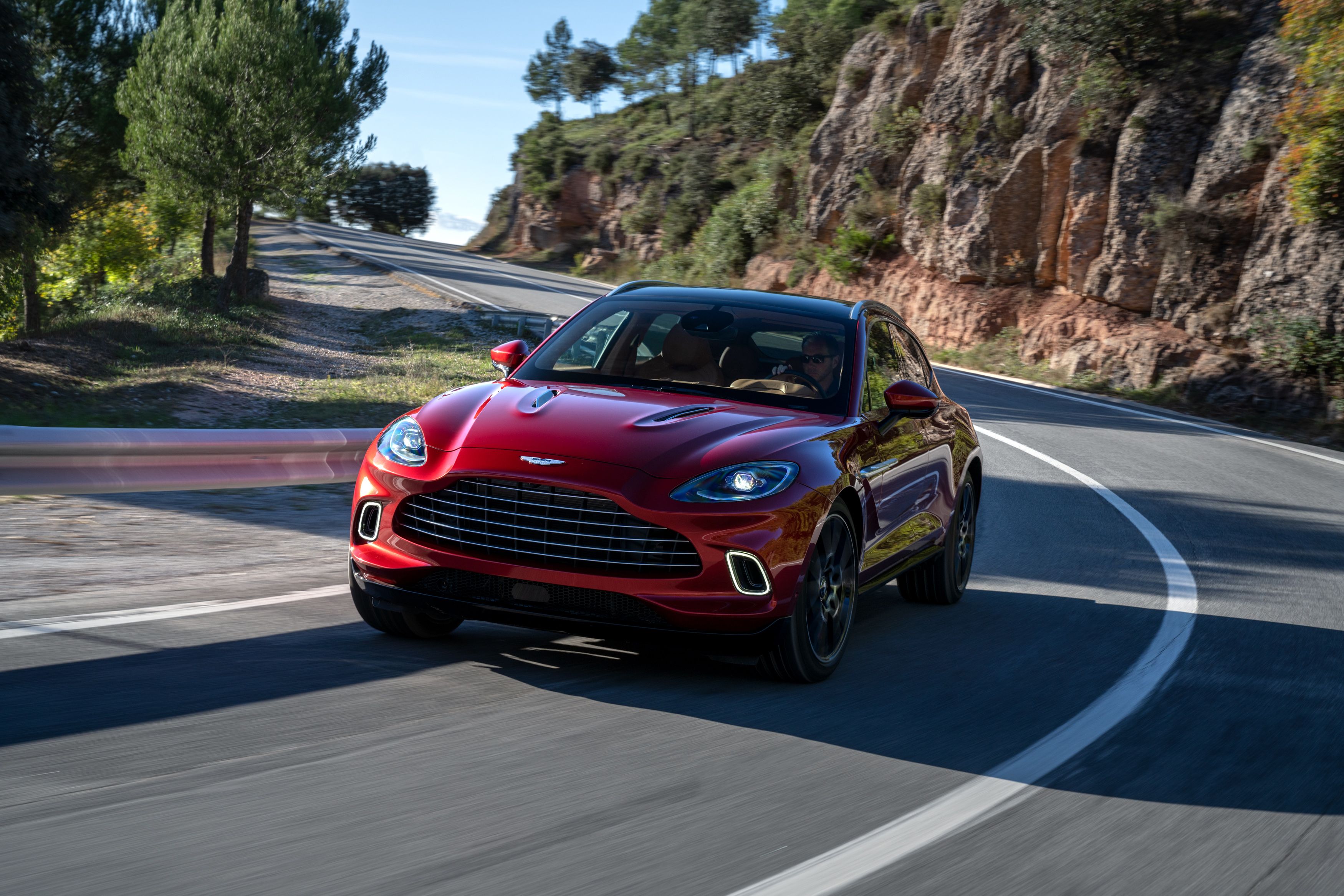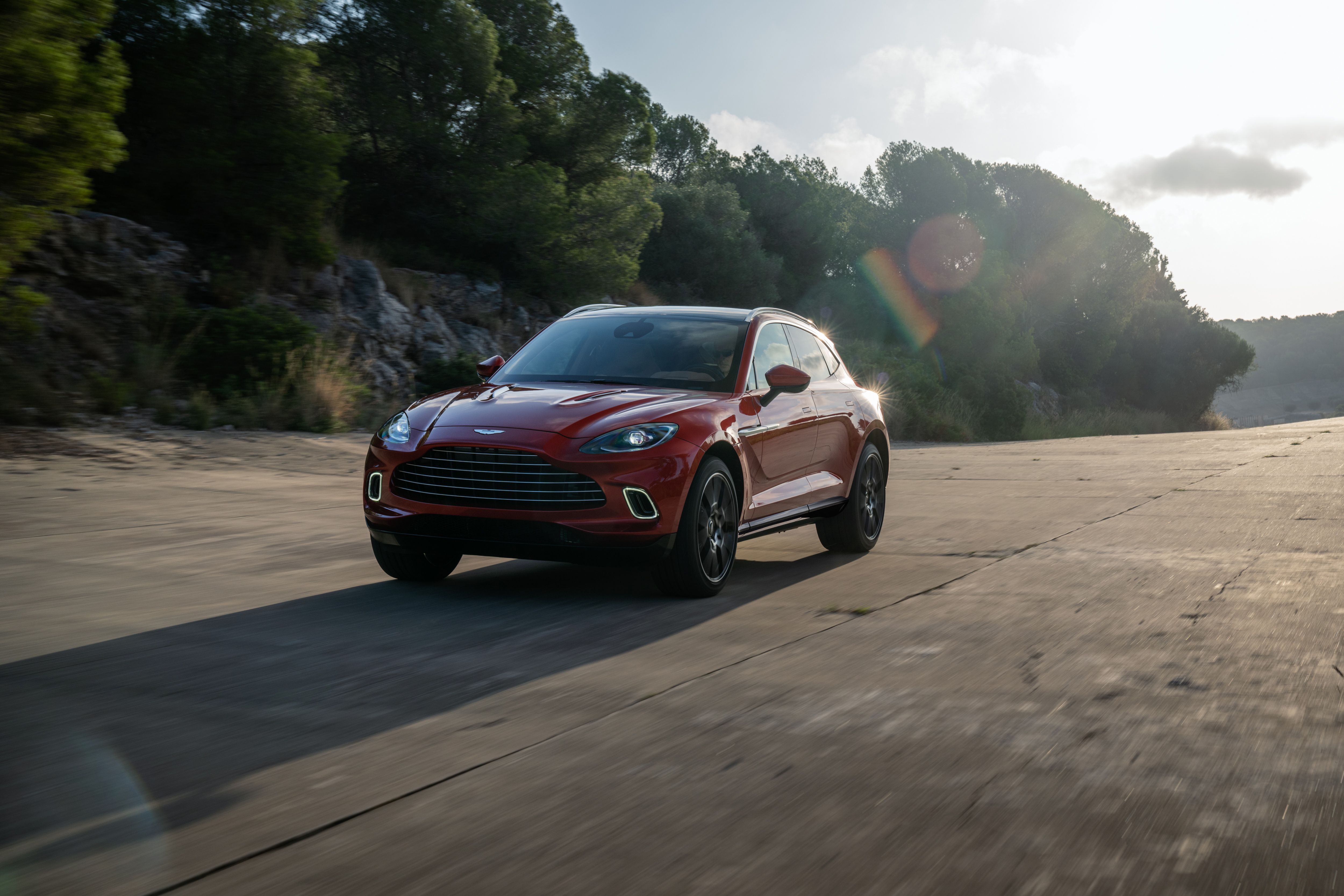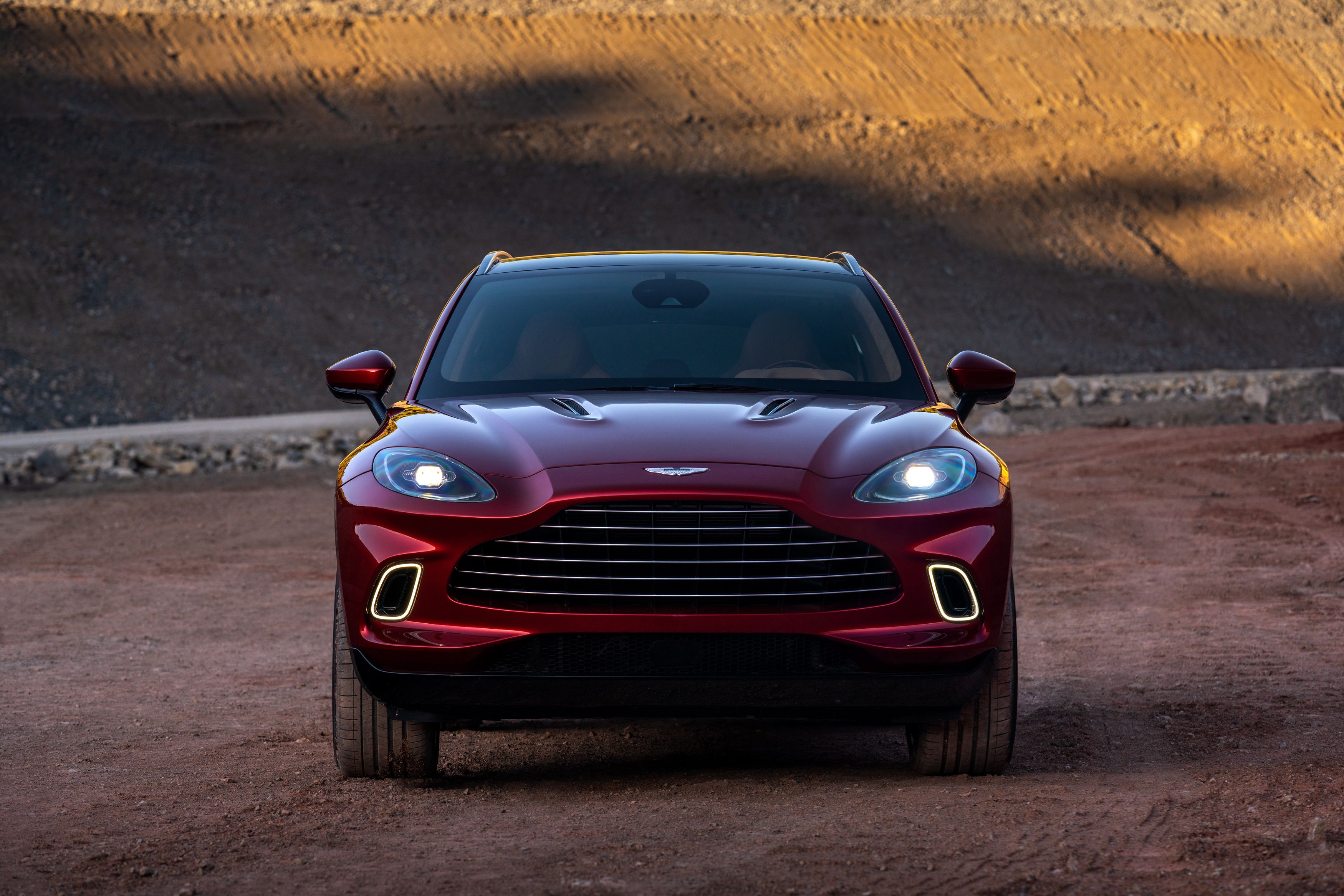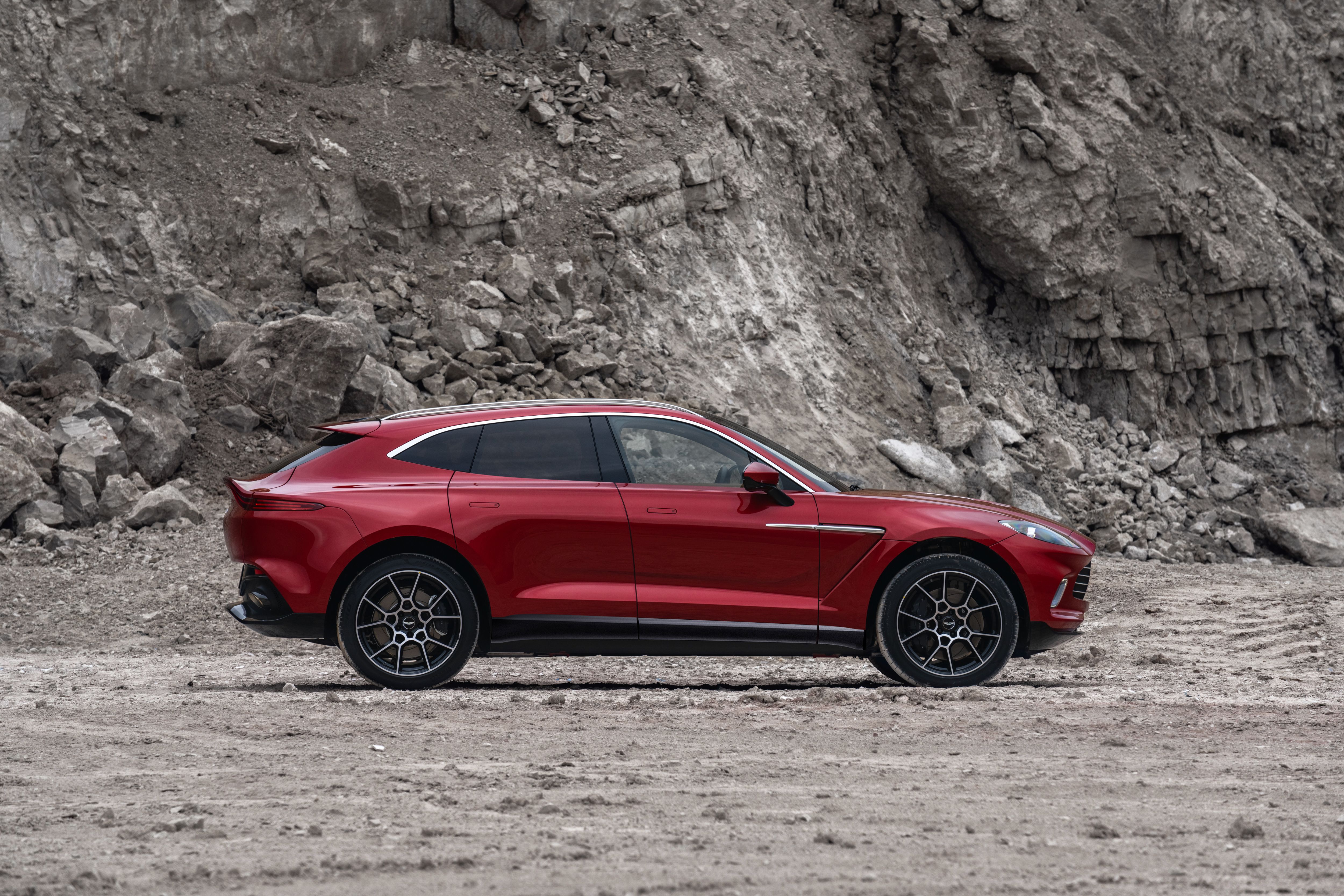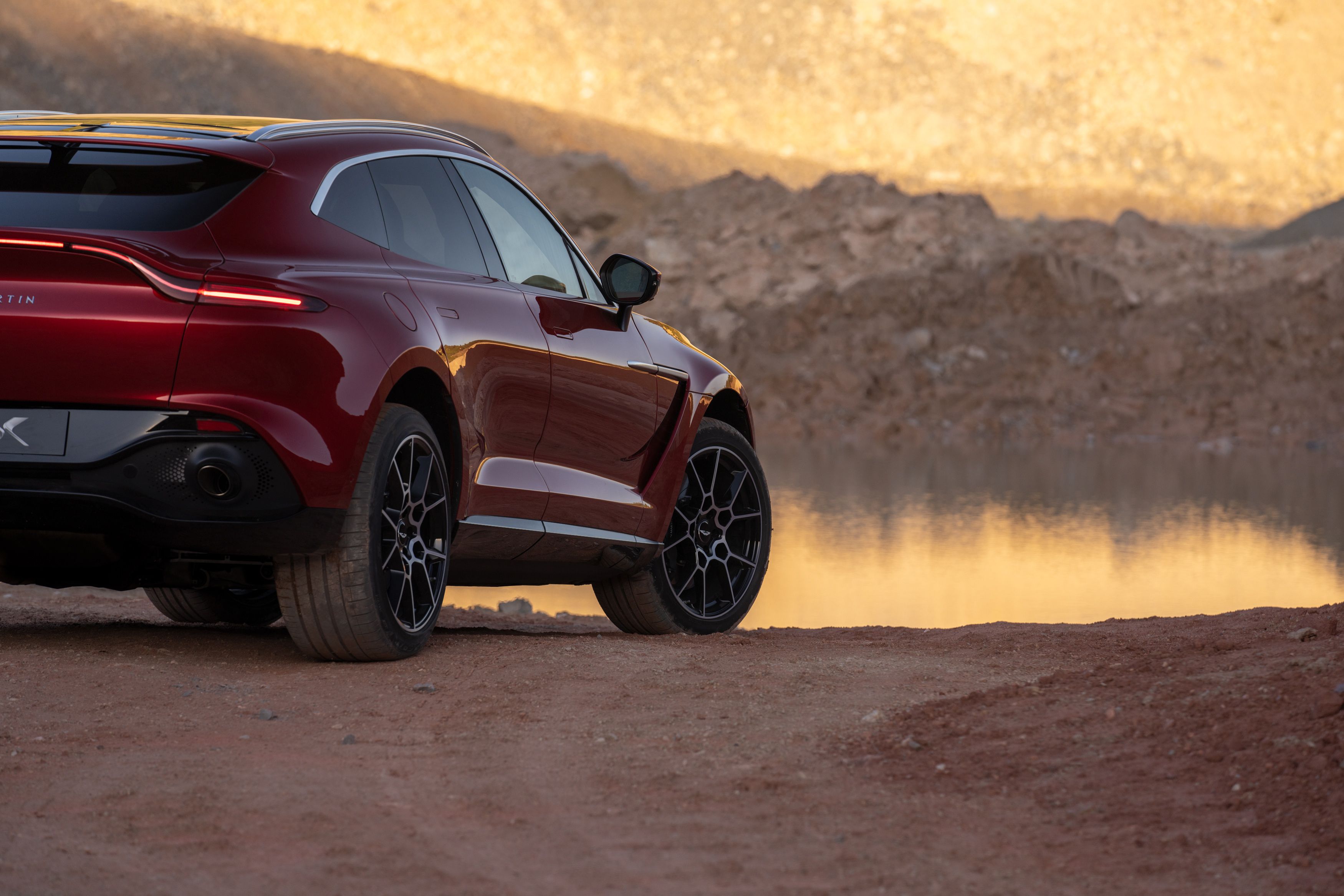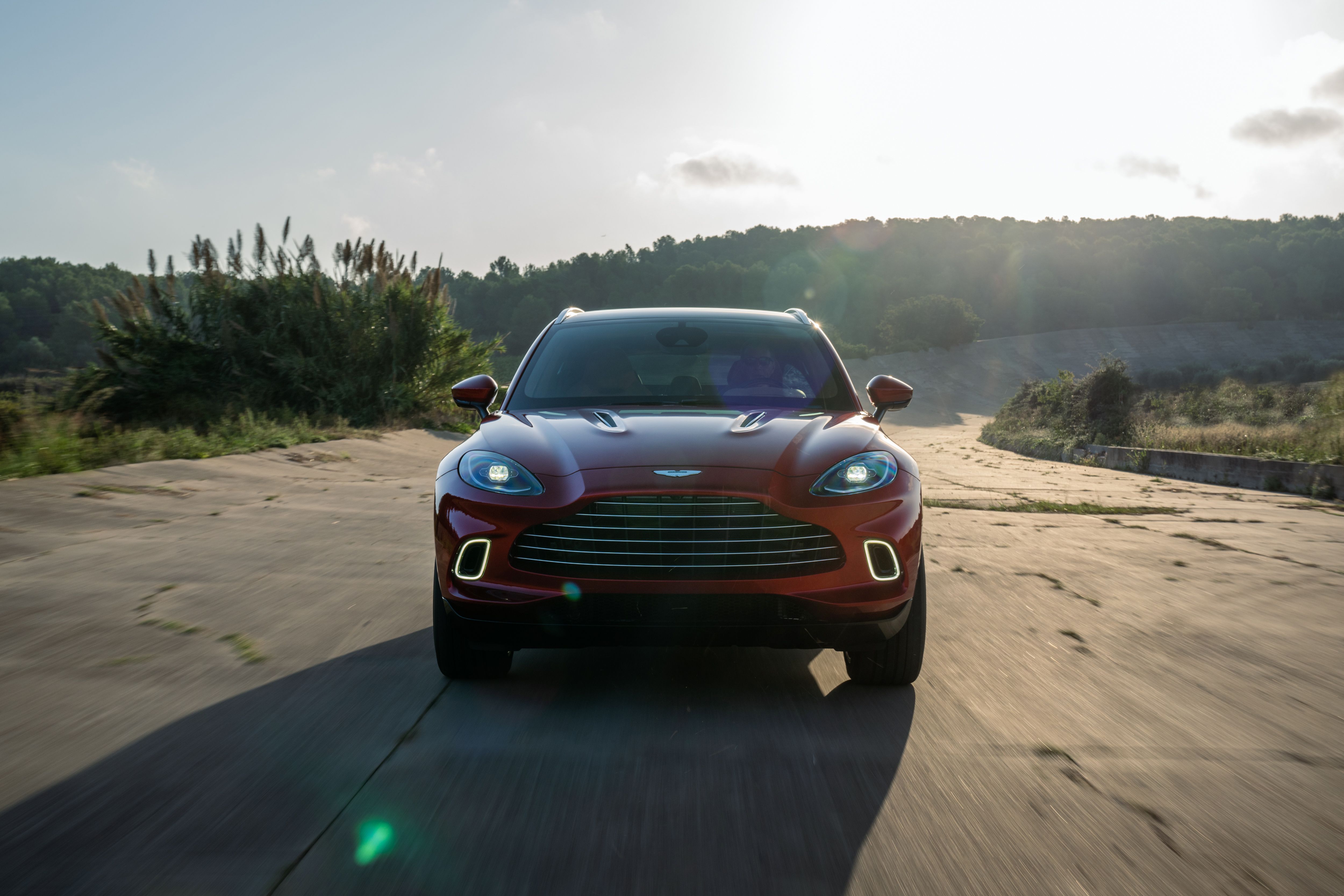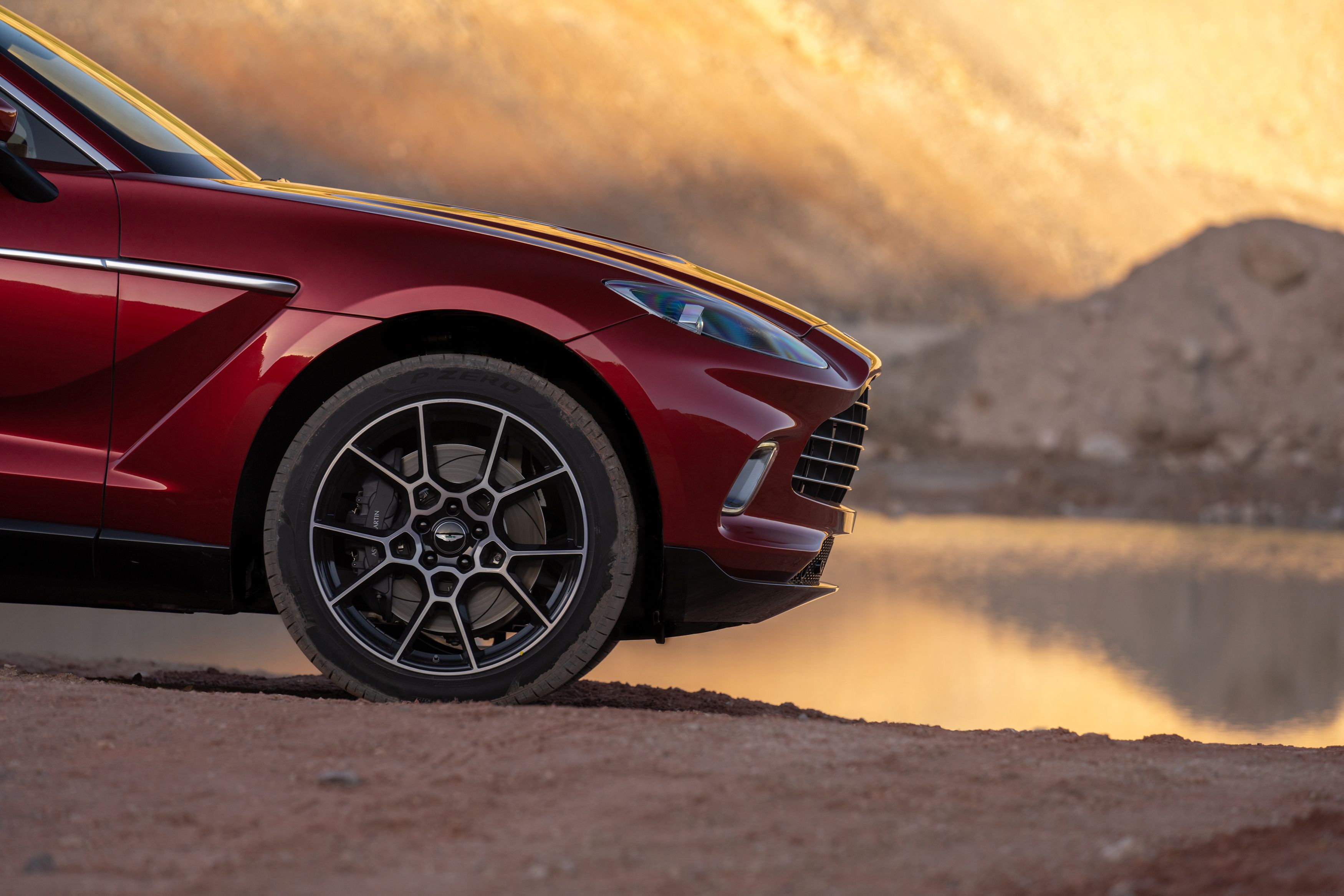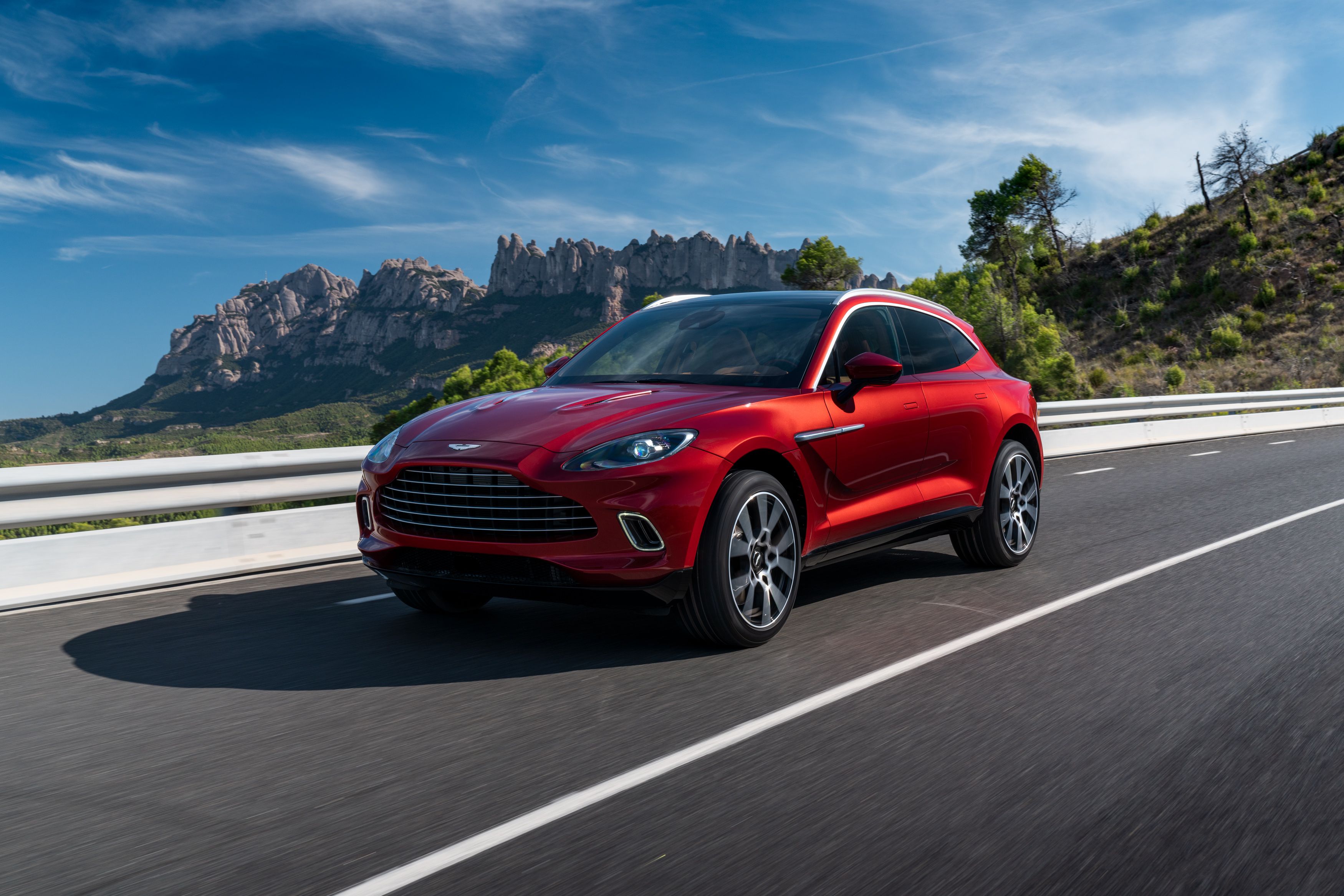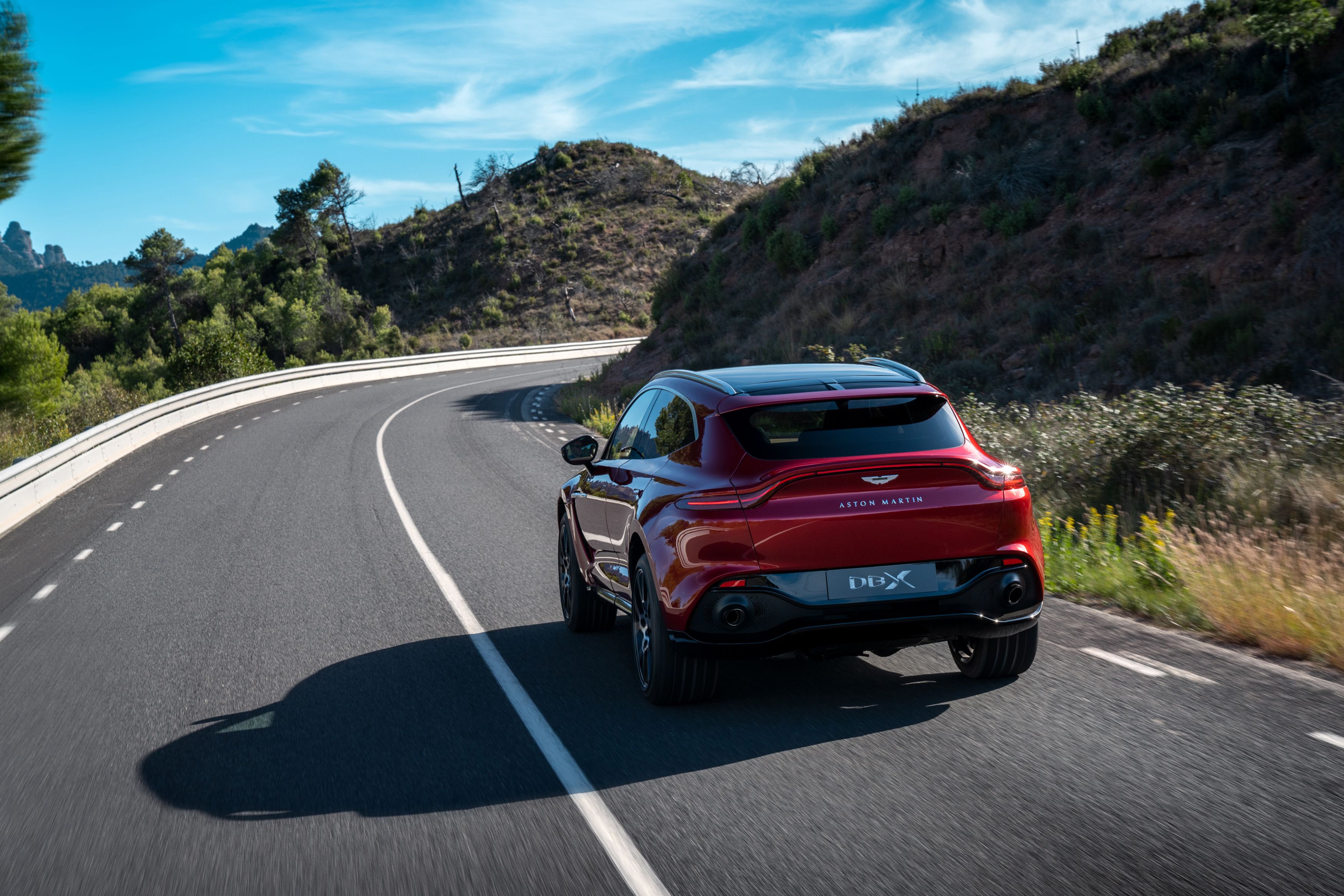When Aston Martin set out to build the DBX, it had two choices: borrow a platform from Daimler or develop its own bespoke platform. Aston Martin decided to take the road less traveled and started designing its very first SUV from a clean sheet. There’s a lot of good that comes out of AM’s decision to build its own platform, but there’s some bad involved in it as well.
Aston Martin DBX – The Bad Side of Having a Bespoke Platform
Aston Martin’s decision to build an all-new platform for the DBX, instead of borrowing a platform from its tech partner and shareholder, Daimler, for instance, comes with some serious downfalls.
The DBX’s In-House Platform Leads to Increased Pricing
Aston Martin won’t come right out and say it, but designing its own SUV platform in-house has likely lead to the DBX costing more than it would have if it used a platform already designed and in production by Daimler. Remember, Aston Martin has never built an SUV, so it had to trek into unknown territory for the first time, learn from its mistakes, and – more importantly – spend a lot of time and money on research, development, and testing. With this in mind, it’s likely the cost of the DBX is now higher than it probably would have been.
There Won’t be a V-12 Model of the Aston Martin DBX
When Aston Martin set out to design its first SUV, it had to think about everything from the overall design, technology, aerodynamics, and even powertrain and driveline options. The V-12 engine wasn’t something that came into consideration. It wasn’t even part of the equation at all. We learned this during an interview CarThrottle had with Aston Martin Design Chief, Matt Becker:
What it boils down to is that the DBX would require some significant reworking to actually support the V-12 engine, if it would even fit under the hood anyway. Even the transmission and center differential would have to be reworked, and this level of revision for a model that would be, essentially, limited just isn’t worth it. So, even if the DBX has to compete with the 626-horsepower Lamborghini Urus and W-12-powered Bentley Bentayga, it will have to do so without Aston’s 5.2-liter V-12.
The Aston Martin DBX’s Platform Won’t Be Limited to the DBX
This point is both good and bad, but I’ll explain just the bad for now. With the DBX sharing its platform with other models, the DBX will be a little less exclusive than it is right now. As it stands, the DBX is the only model rocking these underpinnings, but eventually, it could become a common platform used to support the entirety of Aston’s lineup or, at the very least, a significant portion of the lineup, anyway. This is, honestly, the only way Aston could actually justify building its own platform:
The Good Side of Aston Martin Building Its Own Platform for the DBX
You have to take the bad with the good, right? Well, in this case, there just might be more good to Aston Martin doing its own thing than bad.
An In-House Platform Means Aston Martin Had Creative Freedom With the DBX
Ever notice how a lot of models look damn near the same with a few bits and pieces that are different? Think about it – the Lamborghini Urus, for example, is little more than a glorified and more powerful Audi Q8. Hell, four of the DBX’s rivals are all essentially the same car with some tweaks – the Q8, Urus, Bentayga, and Cayenne all ride on the same platform. A total of 34 models ride on that same VW MLB platform, by the way. That means they all have to comply with certain design requirements and, therefore, the creative freedom of designers is limited, and that’s why they all look similar.
The DBX could have fallen victim to this as well, had it borrowed a platform from Daimler. But, since AM decided to build its own platform in-house, designers had all the freedom in the world to make the car stand out. There’s nothing on the market that has the same platform (for now), and there were no limitations except for those the company set for itself – that’s why the DBX looks as good as it does.
The DBX’s Platform Opens the Door For New Models
As of right now, the platform under the DBX is exclusive to it, but it won't’ remain that way forever. Now, don’t expect the platform to be diluted to the levels seen with the Volkswagen Group, but Aston Martin will spin new models off of its new in-house platform. Some may see this as a bad thing, but it means the Aston Martin nameplate might become a little more attainable. As long as it can fit on the platform, Aston Martin can do it in the future. A smaller SUV? Well, it could be in the cards. Another new sports car? Perhaps. Aston could – very easily I might add – build a Porsche Panamera competitor and step into that segment. So, while you might see the use of the DBX’s platform on other models within the company, it could turn out to be a very good thing. And, the more Aston uses the platform, the more there is potential for somewhat cheaper models (without diluting the brand and image, of course) coming to market.
Final Thoughts
The Aston Martin DBX is awesome in its own right, and it probably wouldn’t be so great if Aston hadn’t done its own thing. The freedom in design and style is a major plus, even if it means Aston will have to use the platform for other models down the road. This will most likely end up being better than expected because Aston Martin will probably be able to compete in all-new segments as the company gently edges into new territory. If it can take the SUV market by storm, what else can it pull off? Well, at this point, and with its own all-new platform, the sky is quite literally the limit. The 2020s are going to be an interesting decade for Aston Martin, and I, for one, can’t wait to see where the company goes from here.

